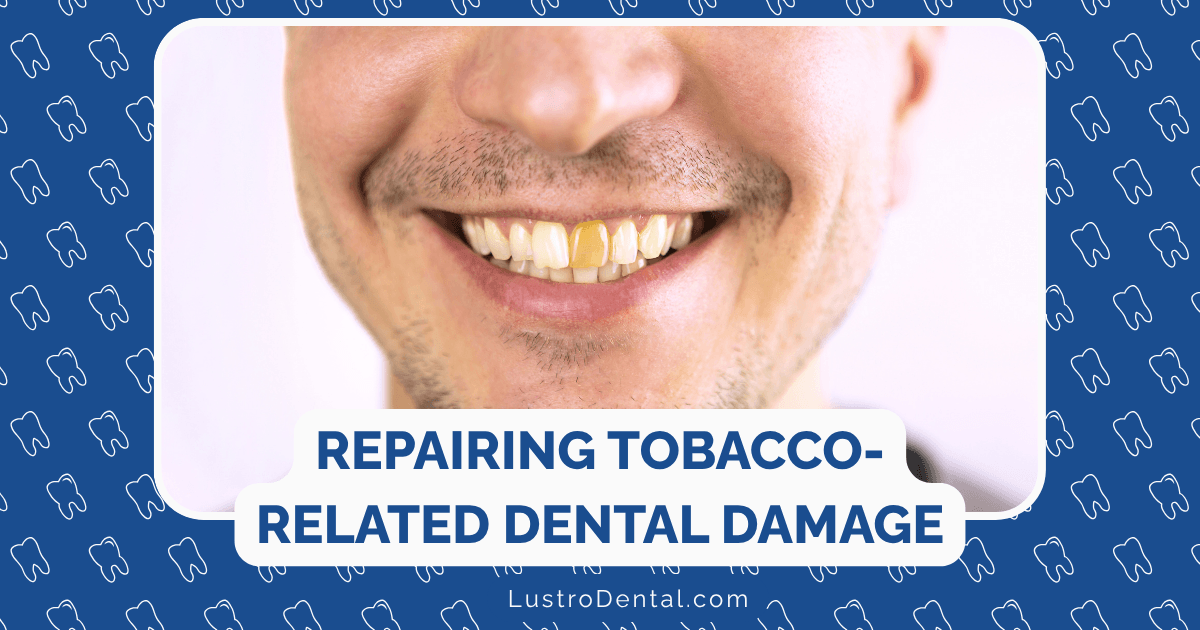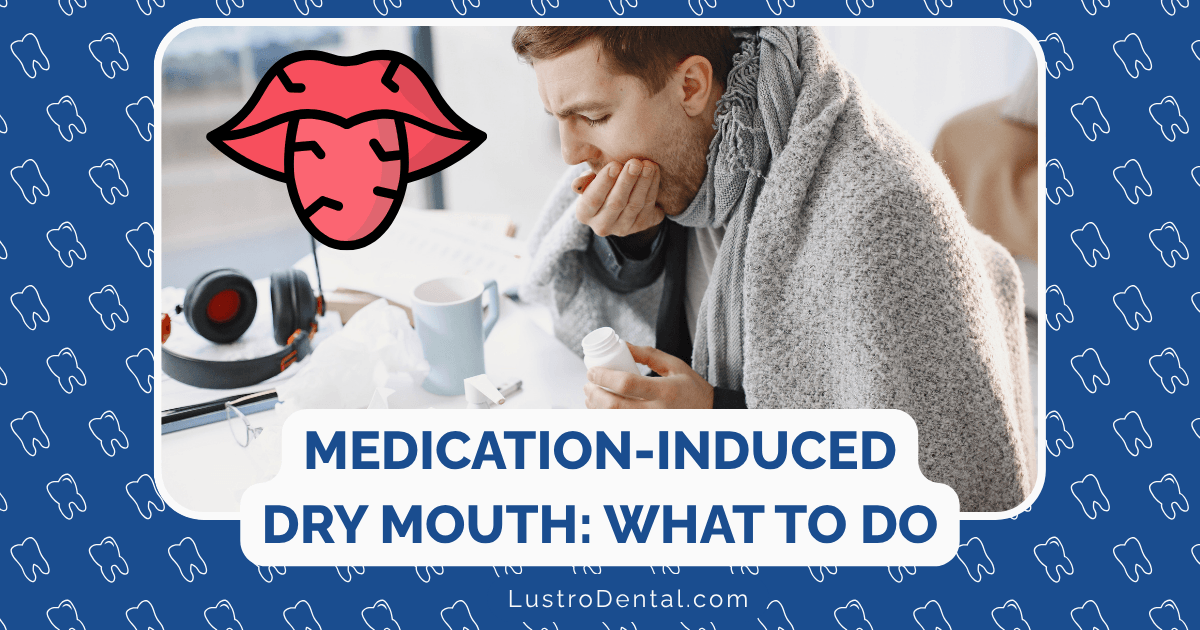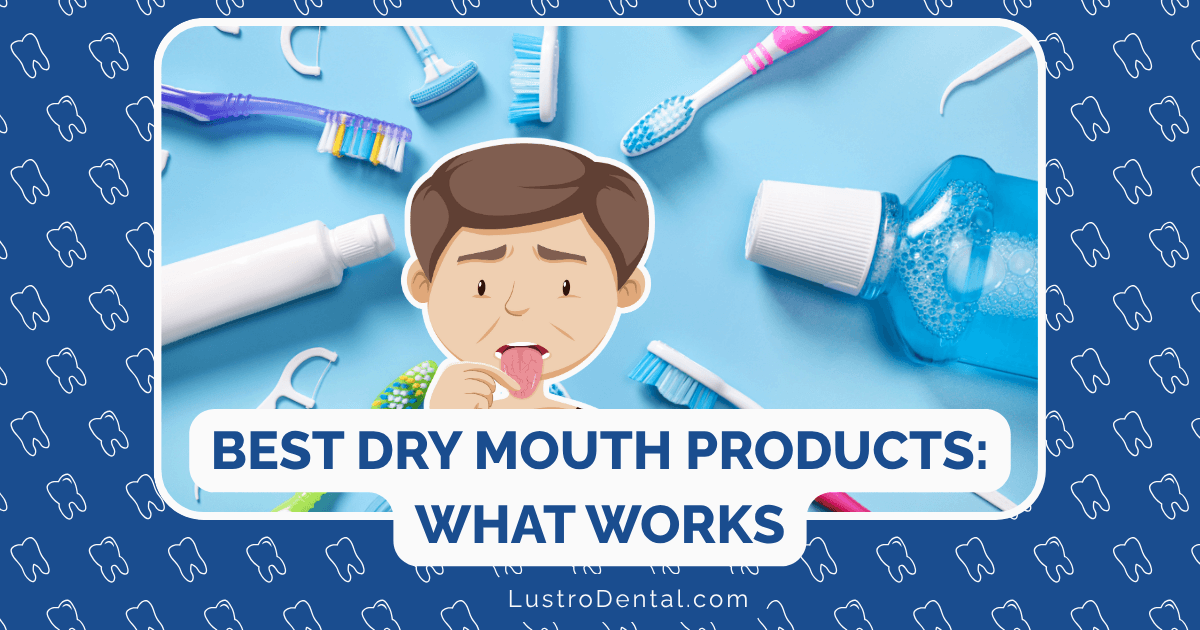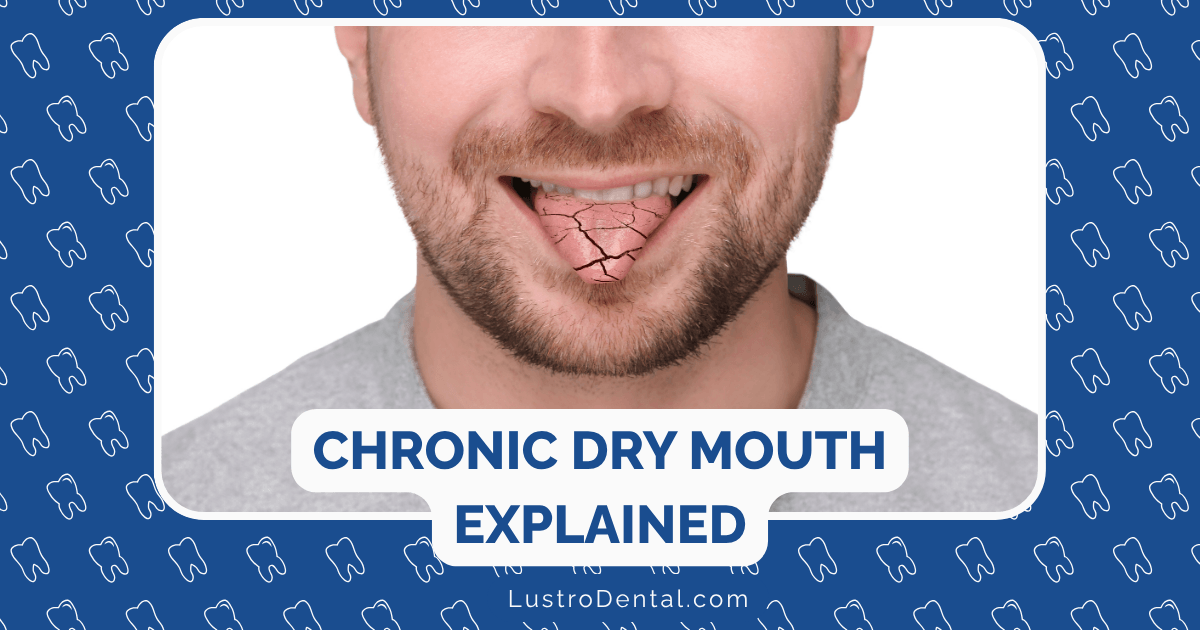Addressing Tobacco-Related Damage: Cosmetic and Health Solutions

Tobacco use takes a significant toll on oral health, causing damage that ranges from unsightly stains to serious medical conditions. Whether you’re a current smoker looking to mitigate damage, a former smoker seeking restoration, or helping someone navigate their options, understanding the available solutions is crucial. This comprehensive guide explores both the cosmetic treatments to restore your smile’s appearance and the health interventions to address deeper issues.
Understanding Tobacco’s Impact
Before diving into solutions, it’s important to understand what we’re treating. Tobacco affects the mouth in several key ways:
Cosmetic Damage
- Tooth discoloration: Tar and nicotine penetrate tooth enamel, causing yellow to brown staining
- Gum discoloration: Smoker’s melanosis creates dark patches on gum tissue
- Altered appearance: Receding gums can make teeth appear longer and less attractive
Structural Damage
- Gum recession: Tobacco restricts blood flow to gums, causing tissue to pull away from teeth
- Bone loss: Smoking accelerates jawbone deterioration, compromising tooth stability
- Tooth loss: Smokers are twice as likely to lose teeth compared to non-smokers
Functional Damage
- Reduced taste and smell: Tobacco damages sensory cells in the mouth and nose
- Dry mouth: Smoking decreases saliva production, increasing cavity risk
- Impaired healing: Recovery from any dental procedure takes longer for smokers
Cosmetic Solutions for Tobacco Damage
Professional Teeth Whitening
Professional whitening remains the first-line treatment for tobacco stains. According to East Ridge Dental, modern whitening techniques can be particularly effective for tobacco users:
- In-office power whitening: Uses high-concentration peroxide gels activated by specialized lights
- Custom take-home trays: Professional-grade whitening solutions used with dentist-made trays
- Combination approaches: Many dentists now recommend starting with in-office treatment followed by at-home maintenance
For smokers and former smokers, professional whitening typically achieves 4-8 shades of improvement, though results vary based on stain severity and duration of tobacco use.
Dental Veneers
When staining is too severe for whitening alone, veneers offer a transformative solution. These thin porcelain shells cover the front surface of teeth, instantly creating a bright, uniform appearance.
Greentree Dental Group notes that veneers are particularly valuable for former smokers because they:
- Conceal deep-set stains that resist whitening
- Correct minor shape issues that may have resulted from tobacco use
- Provide a stain-resistant surface moving forward
- Last 10-15 years with proper care
Dental Bonding
For more moderate tobacco damage or when budget is a concern, dental bonding offers an excellent middle-ground solution:
- Tooth-colored resin is applied to stained or damaged areas
- The material is shaped and polished to match surrounding teeth
- Results are immediate and can last 5-7 years
- The procedure is typically completed in a single visit
Crowns
For teeth severely damaged by tobacco use, crowns provide both cosmetic improvement and structural reinforcement:
- Full coverage protects weakened tooth structure
- Modern materials offer natural-looking aesthetics
- Can be used for teeth with large fillings or after root canal therapy
- Particularly valuable for smokers with bruxism (teeth grinding)
Health Solutions for Tobacco Damage
Periodontal Therapy
Addressing gum disease is critical for smokers and former smokers. According to the American College of Prosthodontists, tobacco users require more aggressive periodontal treatment:
Non-Surgical Approaches
- Scaling and root planing: Deep cleaning below the gumline to remove bacterial buildup
- Antimicrobial treatments: Localized antibiotics placed directly in periodontal pockets
- More frequent maintenance: 3-4 month recall intervals rather than the standard 6 months
Surgical Interventions
- Gum grafting: Replaces lost gum tissue to cover exposed roots and prevent further recession
- Osseous surgery: Reshapes damaged bone to eliminate bacterial hiding places
- Guided tissue regeneration: Stimulates regrowth of supporting structures around teeth
Dental Implants
For smokers who have lost teeth, dental implants offer the best functional replacement. However, smoking significantly impacts implant success rates.
Research from Jupiter Dentistry shows that while implant success rates exceed 95% for non-smokers, failure rates for smokers range from 6.5% to 20%. To improve outcomes:
- Quit smoking at least two weeks before implant surgery
- Remain smoke-free for at least 8-12 weeks post-surgery
- Consider alternative implant protocols designed for compromised healing
- Commit to more frequent follow-up appointments
Oral Cancer Screening and Treatment
Regular screening is essential for current and former tobacco users:
- Advanced screening technologies like VELscope use special lights to detect abnormal tissues
- Biopsy of suspicious areas provides definitive diagnosis
- Early intervention dramatically improves survival rates
Comprehensive Approach: Combining Treatments
Most tobacco users benefit from a multi-faceted treatment plan that addresses both appearance and health:
Sample Treatment Sequence
- Initial health stabilization: Periodontal therapy and disease control
- Functional restoration: Replacing missing teeth and addressing structural issues
- Cosmetic enhancement: Whitening, veneers, or bonding to complete the transformation
The Importance of Timing
For current smokers considering cosmetic treatments, timing matters:
- Whitening results will be temporary if smoking continues
- Veneers and bonding materials may stain more quickly
- Periodontal treatments will be less effective without cessation
Maximizing Treatment Success
For Current Smokers
If you’re not ready to quit completely:
- Reduce consumption when possible
- Maintain meticulous oral hygiene
- Choose stain-resistant restoration materials
- Increase professional cleaning frequency
- Consider smoking cessation aids to reduce usage
According to Parkside Dental, even reducing tobacco use can improve treatment outcomes and slow further damage.
For Former Smokers
Once you’ve quit, you can maximize your oral recovery by:
- Following through with all recommended treatments
- Staying vigilant about oral hygiene
- Addressing dry mouth with hydration and specialized products
- Being patient—full healing takes time
- Celebrating improvements as they occur
Financial Considerations
Addressing tobacco-related damage can be an investment. Consider these approaches:
- Phased treatment: Tackle the most critical health issues first, then address cosmetics
- Preventive focus: Investing in professional cleanings and periodontal maintenance prevents costlier treatments later
- Insurance maximization: Many periodontal treatments are partially covered by dental insurance
- Flexible spending: Using FSA/HSA accounts for qualified dental expenses
- Payment plans: Many dental practices offer financing options
The Role of Ongoing Maintenance
Regardless of which treatments you pursue, maintaining results requires:
- Consistent home care: Using recommended products for your specific conditions
- Regular professional care: More frequent visits may be needed (every 3-4 months)
- Lifestyle adjustments: Avoiding foods and beverages that worsen staining
- Smoking cessation support: Continued engagement with cessation resources
Looking Forward: New Developments in Treatment
Emerging technologies are improving outcomes for tobacco-related damage:
- Laser therapy: Less invasive treatment for periodontal disease
- Stem cell applications: Promoting tissue regeneration in damaged areas
- Advanced biomaterials: Better integration with existing tooth structure
- Combination therapies: Protocols specifically designed for tobacco users
The Bottom Line
While tobacco use causes significant damage to oral health, modern dentistry offers effective solutions for both the cosmetic and health-related consequences. The most successful approach combines appropriate treatments with lifestyle changes—particularly smoking cessation—to not only address existing damage but prevent further deterioration.
Whether you’re a current smoker, former smoker, or supporting someone on their journey to better oral health, understanding these options empowers you to make informed decisions about restoring both the appearance and function of your smile.
Disclaimer: This article is for informational purposes only and is not a substitute for professional dental advice. Always consult with dental professionals regarding the most appropriate treatments for your individual situation.







